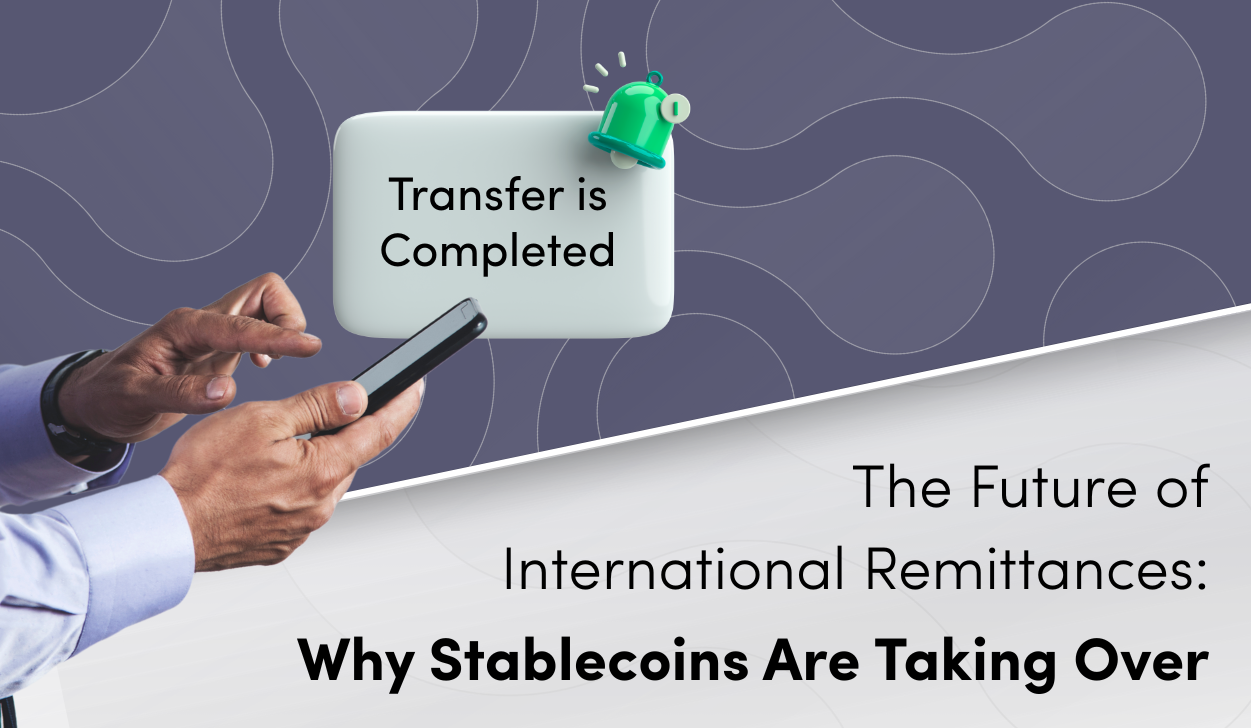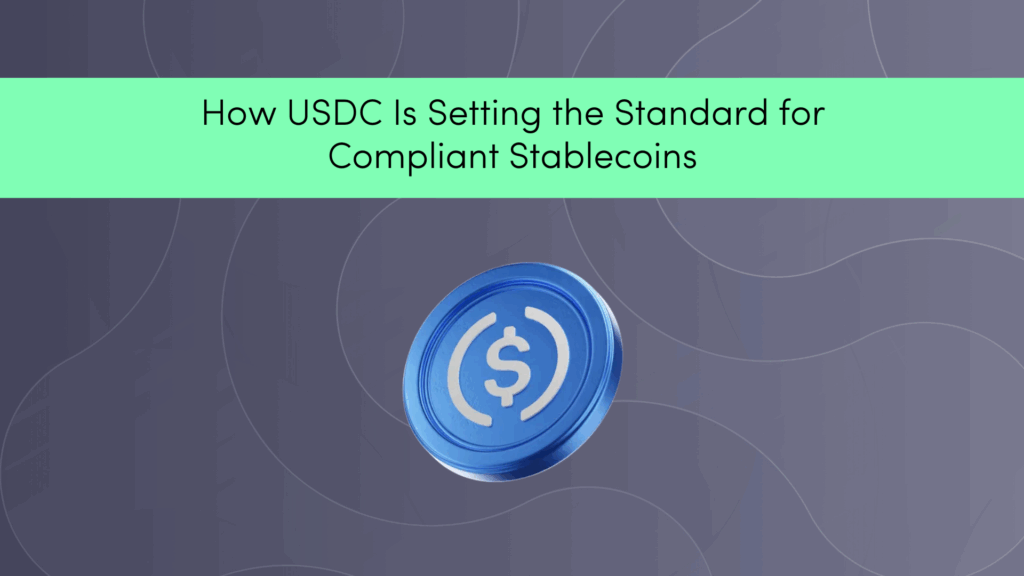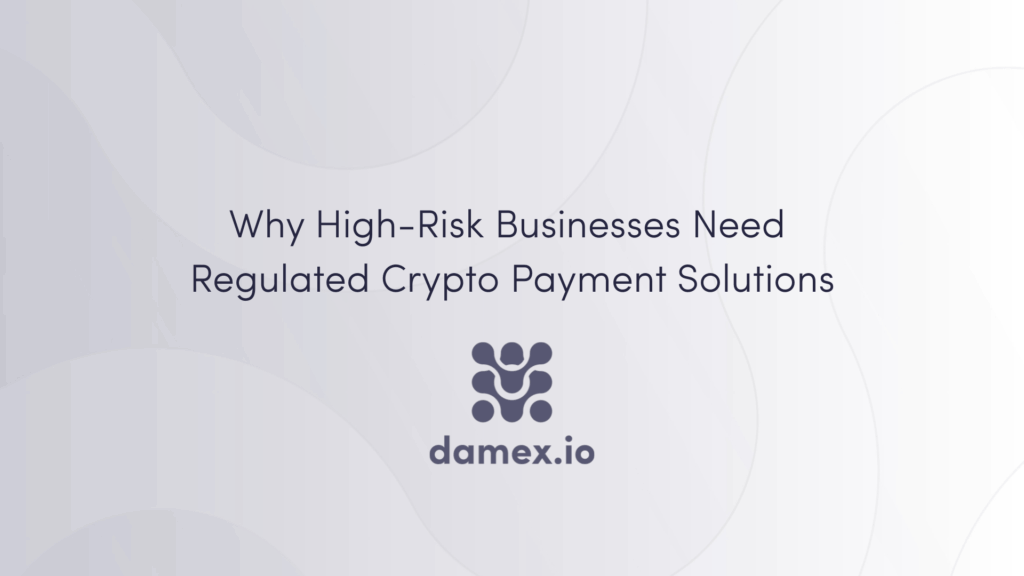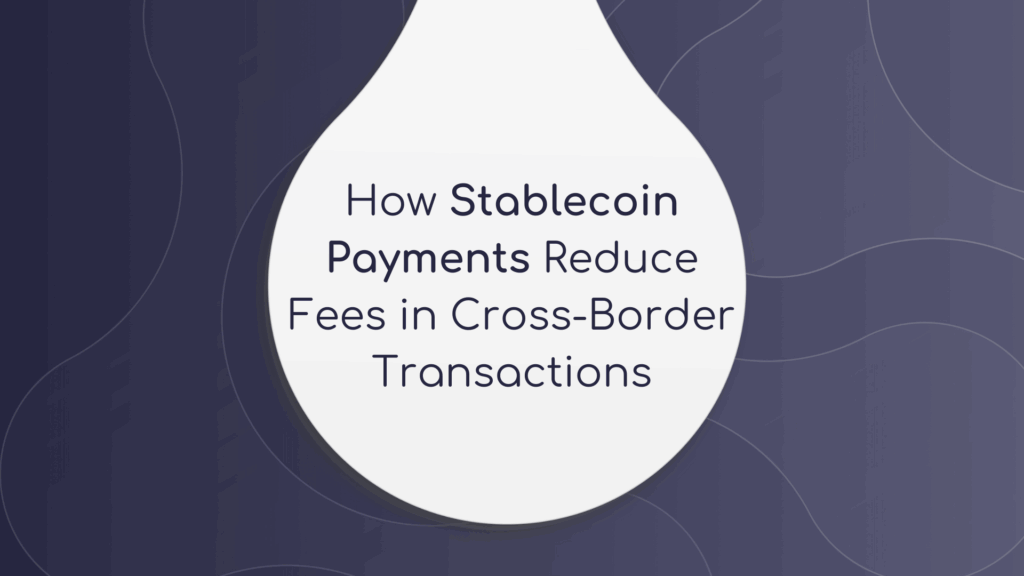Introduction
Global remittance flows reached $794 billion in 2022, with millions of people depending on them for financial survival. However, traditional remittance services like Western Union, MoneyGram, and bank wires still charge excessive fees and suffer from inefficiencies.
Blockchain and cryptocurrency technology is reshaping the way money moves internationally, offering faster and more cost-effective alternatives. Among these innovations, stablecoins are emerging as a particularly promising solution.
The High Costs of Traditional Remittances
Sending money internationally through banks and remittance providers typically involves:
- Fees ranging from 5% to 10% per transaction
- Slow processing times (2–5 business days)
- Currency conversion losses
- Limited availability in emerging markets
For low-income families who depend on remittances, losing 5–10% in fees per transfer can be significant.
How Stablecoins Are Disrupting Remittances
– Lower Transfer Fees
Sending USDC on blockchain networks can cost as little as $0.10 per transaction—dramatically cheaper than traditional methods.
The elimination of bank intermediaries reduces overhead costs.
– Instant Settlement
While bank transfers take days, stablecoins transactions settle within minutes, regardless of location.
– More Direct Access
People in underbanked regions can receive payments without needing a bank account, only a mobile wallet is required.
This is a game-changer for gig economy workers, freelancers, and international contractors.
– Stable Value
Unlike highly volatile cryptocurrencies like Bitcoin or Ethereum, stablecoins are pegged to fiat currencies (like the US dollar), making them practical and predictable for cross-border payments.
Challenges to Adoption
- Regulatory Scrutiny: Governments are tightening oversight on digital asset payments to prevent illicit activity.
- Education & Awareness: Many potential users are unfamiliar with stablecoin wallets and how to use them securely.
The Future of Stablecoin Remittances
- Major payment processors and central banks are exploring CBDCs (Central Bank Digital Currencies) for cross-border transactions.
- Stablecoin-friendly remittance companies are expanding their global footprint.
- The adoption of compliant, regulated stablecoins will boost institutional trust in blockchain-based remittances.
Conclusion
Stablecoin-powered remittances offer a faster, cheaper, and more inclusive alternative to traditional payment systems. As businesses and individuals seek cost-effective cross-border solutions, the shift towards stablecoins and blockchain-based platforms is inevitable.






